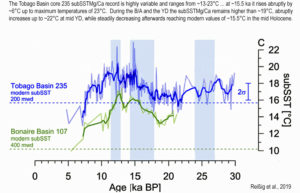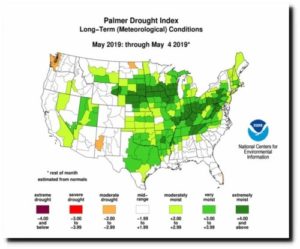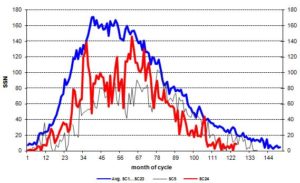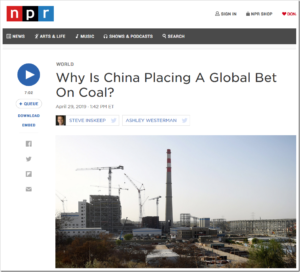by F. Gervais, 15 mai 2018, in Atlantico
Atlantico : Quelles solutions envisagées par la communauté scientifique sont aujourd’hui les plus plausibles pour infléchir réellement le réchauffement climatique ? Pour l’inverser ?
François Gervais : La température moyenne de la Planète a augmenté de l’ordre de 1°C depuis le début du siècle dernier. Mais selon les données du Hadley Center britannique (HADCRUT4), 60 % de cette hausse s’est produite de 1910 à 1945 alors que les émissions de CO2 étaient 6 à 10 fois inférieures à ce qu’elles sont de nos jours, plaidant pour une cause principalement naturelle. Durant les 74 années suivantes, la température n’a augmenté que de 0,4°C en dépit de l’accélération des émissions à partir de 1945. Ce ne sont donc pas les observations qui sont inquiétantes mais les projections des modèles de climat repris par le GIEC. Leur problème est toutefois qu’ils ne sont pas d’accord entre eux, prévoyant des hausses avec une incertitude dans un rapport de 1 à 3, incertitude qui ne s’est pas réduite en 40 ans d’études en dépit de moyens considérables. Un corpus de 3000 publications dans des revues internationales conclut en revanche à une prééminence de la variabilité naturelle du climat sur la contribution anthropique. Cela dit, réduire notre addiction au carbone est sans doute sage car les ressources ne sont pas inépuisables. Mais jouer aux apprentis sorciers avec la géo-ingénierie est plus discutable. Et à quoi bon puisque des astronomes prévoient une moindre activité solaire dans les années à venir. Les recherches visant à retransformer le CO2 en carburant à partir de la photosynthèse de micro-algues sont intéressantes, surtout si le prix du baril devait considérablement augmenter à l’avenir. Toutefois, le supplément de CO2dans l’atmosphère a enrichi la biomasse végétale de l’ordre de 20 % comme le vérifie le verdissement de la Planète observé par satellite. Serait-il raisonnable d’en contrarier le bénéfice en particulier pour les plantes nutritives ?
…
















